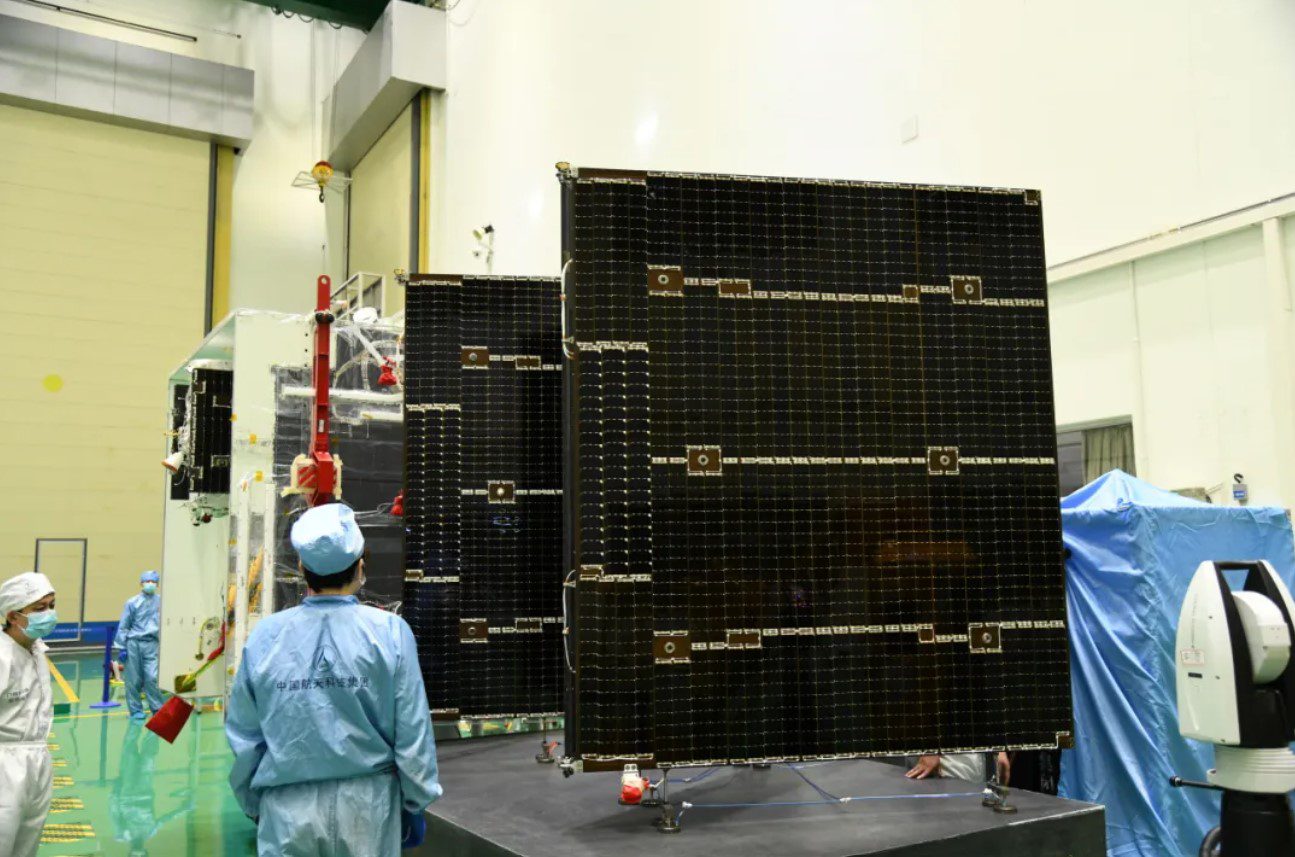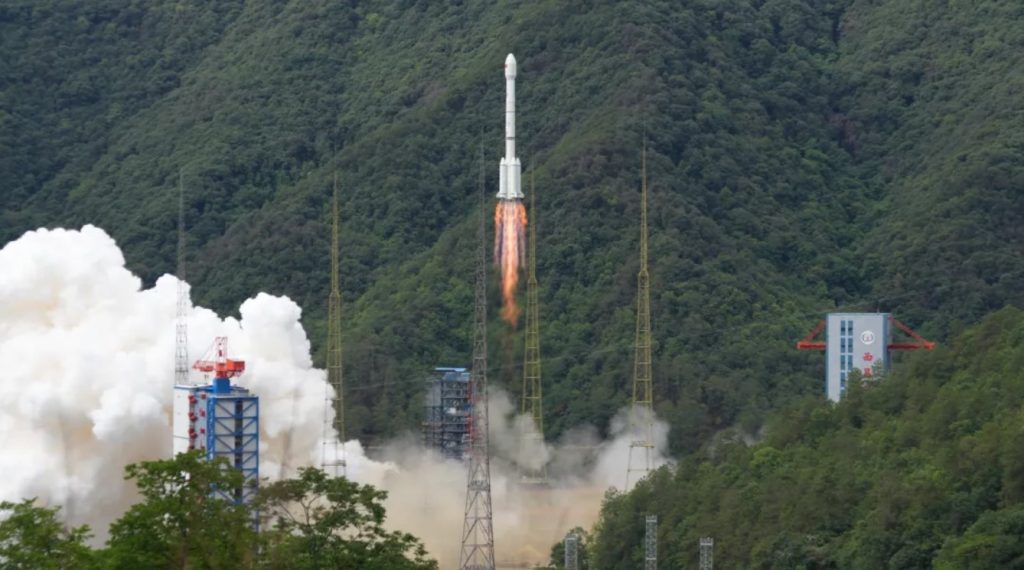HELSINKI — China sent the first satellites for a medium Earth orbit broadband network late Wednesday.
A Long March 3B took off at 9:43 p.m. Eastern May 8 (0143 UTC May 9) from the inland Xichang Satellite Launch Center, southwest China. The China Aerospace Science and Technology Corporation (CASC) confirmed launch triumph, uncovering that the mission payloads for the first time are the Smart Skynet-1 (01) satellites A and B.
The satellites were created by CASC’s Shanghai Academy of Spaceflight Technology (SAST) for Shanghai Tsingshen Technology Development Co. Ltd. Tsingshen Tech was established in 2018. It is working with Tsinghua University and the Shanghai government to build a medium Earth orbit (MEO) broadband satellite network.
Smart Skynet-1 (01) satellite A has a multi-beam, high-speed microwave link, an inter-satellite two-way laser link, and an onboard digital processing and forwarding platform, according to SAST. Satellite B has an inter-satellite laser link experiment payload. On-orbit activities will involve technology validation of flexible inter-satellite links and satellite-to-ground transmission.
Tsingshen Tech initially plans to place eight satellites into 20,000-kilometer MEO orbits to create a global communications network. The closest comparison to the network is O3B’s MEO network.

This can be expanded to 16 satellites, consisting of two groups, and four groups totaling 32 satellites. The company claims that once completed, the network will offer personalized network services globally with no blind spots.
SAST states that Smart SkyNet could be combined with China’s low Earth orbit communications megaconstellations, as well as comms satellites in geostationary orbit. This would provide access to all types of users in all scenarios and all domains.
Smart SkyNet is being promoted under the “Shanghai Action Plan to Promote Commercial Aerospace Development and Create a Space Information Industry Highland (2023-2025).” The move is one of a number of municipal and provincial level initiatives in China to boost commercial space activities and foster growth and innovation. Various action plans cover satellites, launch vehicles and related applications and infrastructure.
The city is also backing a broadband megaconstellation project known as “G60 Starlink,” centered in Shanghai’s Songjiang District. The project plans to launch the first 108 satellites this year and have more than 12,000 in orbit when completed.
China now has a range of constellation plans in a range of orbits with heavy state backing.
| Guowang | LEO | 13,000 |
| G60 Starlink | LEO | 12,000+ |
| Tsingshen Tech | MEO | 8 (expansions to 16 and 32) |
| China Satcom | GEO | Various (ChinaSat and APStar satellites) |
The country has also proposed plans to form an integrated network for communications, navigation and remote sensing.
Wednesday’s launch was China’s 21st of 2024. It follows the launch of the Chang’e-6 sample return spacecraft, which has since reached the orbit around the moon, and the first time the Long March 6C took off earlier this week. China's goal is to send approximately 100 launches into space this year.









